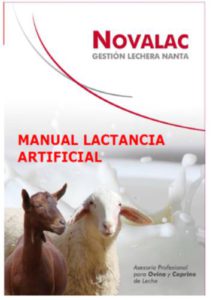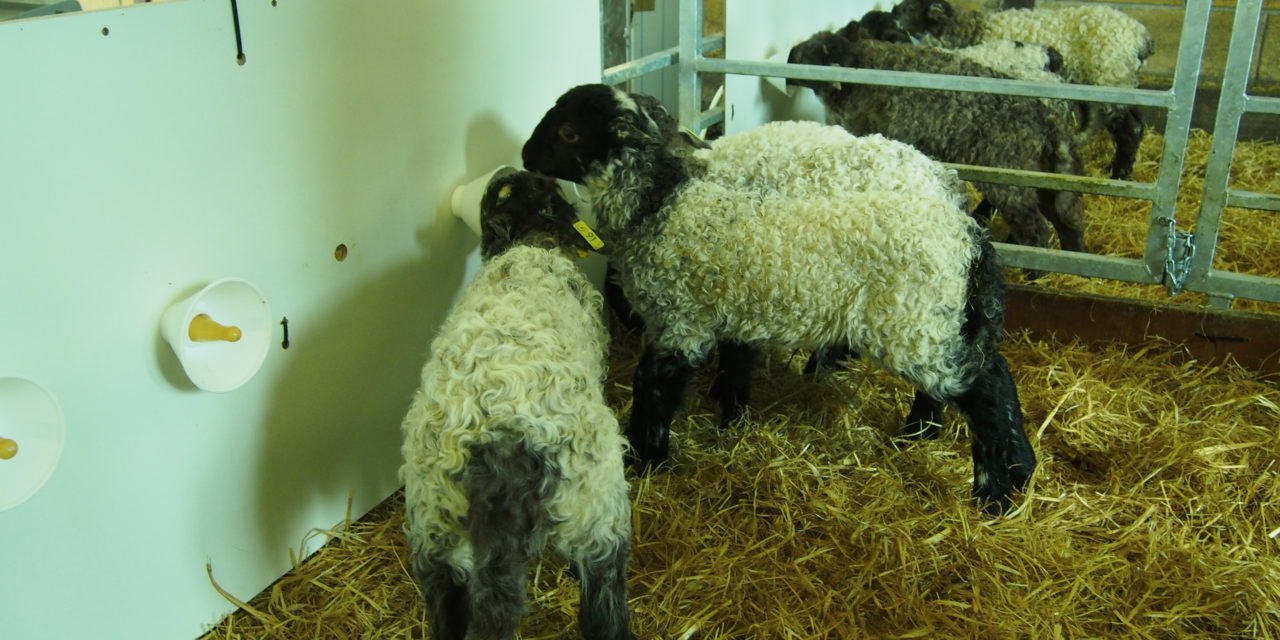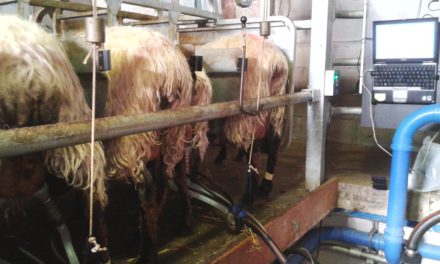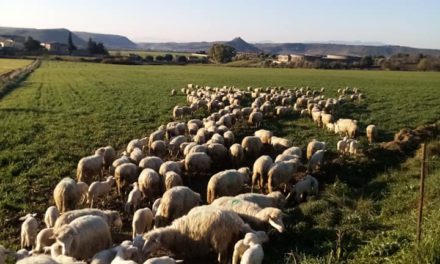This post is also available in:
![]()
![]()
![]()
![]()
![]()
![]()
Manual of good practices for the management of lambs on artificial rearing
Solution name: Manual of good practices for the management of lambs on artificial rearing
Aim: To improve the efficiency of animals fed on artificial lactation
Description:
It is a 8-chapter manual that describes:
- The advantages and disadvantages of the use of artificial lactation
- The physiology of the digestive system of new-borns
- Colostrum intake
- The composition of milk replacers
- Basic animal handling rules
- Maintenance of facilities
- Milk preparation
- The most common problems
Topic: Health/Nutrition/Managment
Production: Dairy/Meat
Animal Category: Lamb
Issue: Artificial Rearing
Level of Solution: Practical
Country: Spain

How to implement
Follow best practice recommendations
Expected benefits
Their control will allow the farmer to improve the technical indexes, to reduce pathologies and health hazards, and so to reduce veterinary costs and labour cost.
Cost Benefit analysis
To implement this solution, some additional labour and more equipment is needed, besides some technical training and advice. The better health status leads to a reduction in the antibiotic use and less mortality and morbidity ratios and, consequently, to some better technical results.
Sustainability analysis
A good management of the milking machine and equipment leads to an increase of the feeding efficiency and to a better animal welfare condition. Therefore, the implementation of this solution can improve the efficiency of the use of water and energy and the improvement of the environmental conditions.
In addition, the image of the farm is better and the work conditions are more suitable for the social sustainability.
Prerequisites and/or limits
- Livestock farmer training
- Artificial lactation machine







